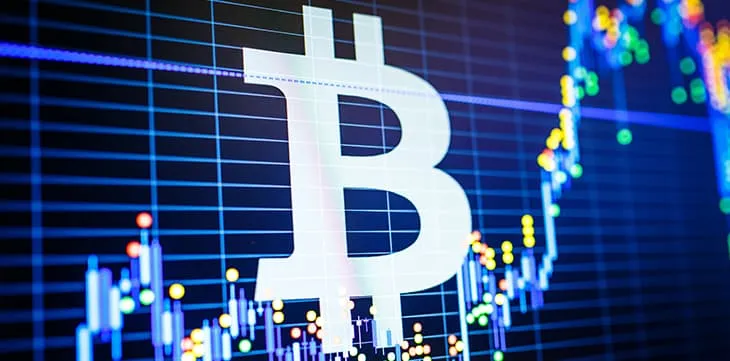|
Getting your Trinity Audio player ready...
|
Recently I published a video on why the Bitcoin price does matter:
In this article I will delve into why specifically the price would rise, while foregoing the same, tired, arguments that have been made about BTC over the years (digital gold, store of value, etc.).
If an asset is valuable, then it must have a price. Nothing on this Earth is truly free without some cost, whether in time, labor, or assets (ex. currency). Bitcoin is no different. In the early days, Bitcoin had no price as one could freely mine with their CPU and obtain it with little cost. Eventually as people started to use it in trade in 2010, the market put a price (less than a penny) on the digital cash. That price has been largely speculative as even to this day the primary reason for Bitcoin being the highest performing asset in history.
The thesis is that speculators are front running the potential demand for writing to the Bitcoin ledger. Nodes require payment in the native coin (Satoshis) in exchange for executing a transaction. This fundamental concept is how the network survives long-term. Nodes earn revenue by collecting fees, assuming demand exists to take advantage of the fast, cheap, global, micropayment network.
BTC, the mutated version of Bitcoin from Satoshi Nakamoto’s creation dismisses this concept as it artificially limits the transaction throughput via a block size cap of 1 Megabyte, and heavily relies on the diminishing subsidy Nakamoto embedded into the protocol.
Speculators have driven the price of BTC up to over $40,000 as of March 2022, thus BTC has been able to continue as nodes remain heavily subsidized. We can understand that the market ignores Bitcoin’s ability as a payment network based on the fact that 13 years after the Genesis block was constructed that the diminishing subsidy remains the overwhelming percent of nodes’ income.
As BSV, the version closest to what Nakamoto foresaw does attempt to scale by encouraging as many transactions as possible, arguments are now being made that the fiat equivalent price of Satoshis is irrelevant to its success as a payment network. While fundamentally this is true in an environment where one ignores the existence of other asset classes, practically this is absurd.
Constant demand for an asset implies constant usage and a wide consumer base. If demand rises for an asset that is limited in supply how can the price remain low?
How is Bitcoin going to achieve millions, no billions of transactions per second to sustain the network without satoshis ending up in more users’ possession?
Given that Bitcoin has virtually no adoption compared to the ‘real’ economy we can assume most of the human population does not possess any Bitcoin. Just as nodes want to invest capital to earn transaction fees, innovators want to build on Bitcoin to take advantage of the superior payment network that makes business models that were not possible before, now possible.
Why do nodes and businesses want to build on Bitcoin? Bitcoin enables instant, global, cheap payment many magnitudes lower than $0.01—something the previous financial systems have never been able to achieve to date.
As consumers find value in these businesses, they will need satoshis—specifically to gain access to the newfound micropayment economy. Thus, they must exchange existing assets (likely fiat currency) for satoshis. With its supply capped by nodes at 21 million or 2.1 quadrillion, as the demand curve rises its price must.
Conversely if no demand for Bitcoin’s micropayment capabilities manifests, the entire system collapses. Nodes cannot earn enough fees to sustain costs of capital and attempts to innovate and build businesses on Bitcoin will continuously fail.
Innovation necessitates creativity, and I would not bet against human creativity.

 07-11-2025
07-11-2025 





